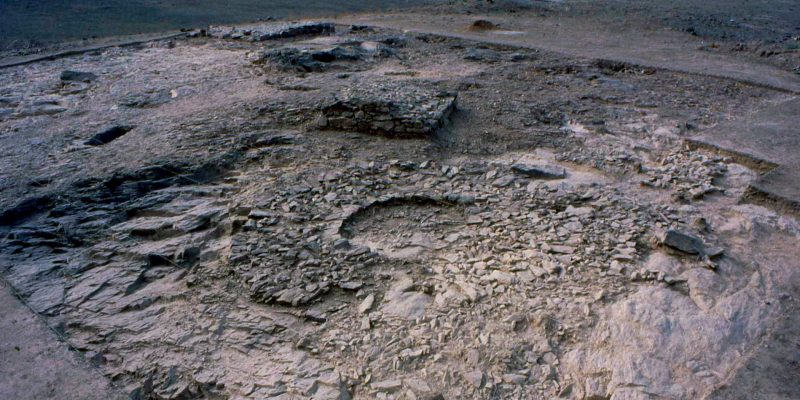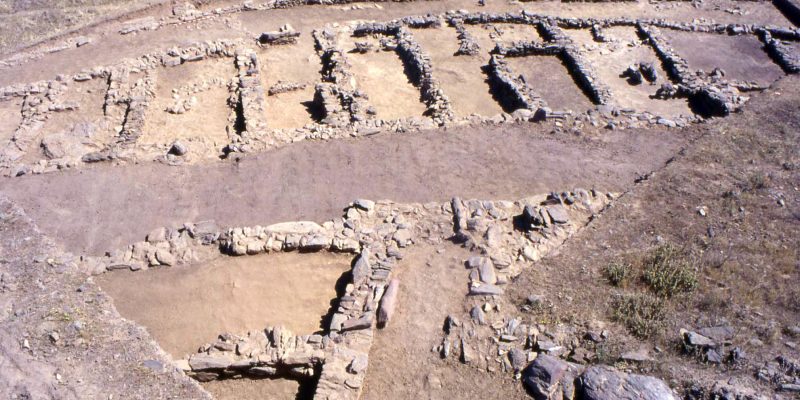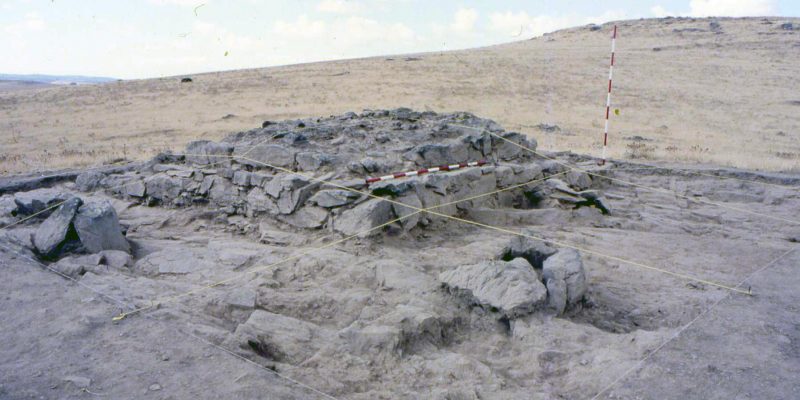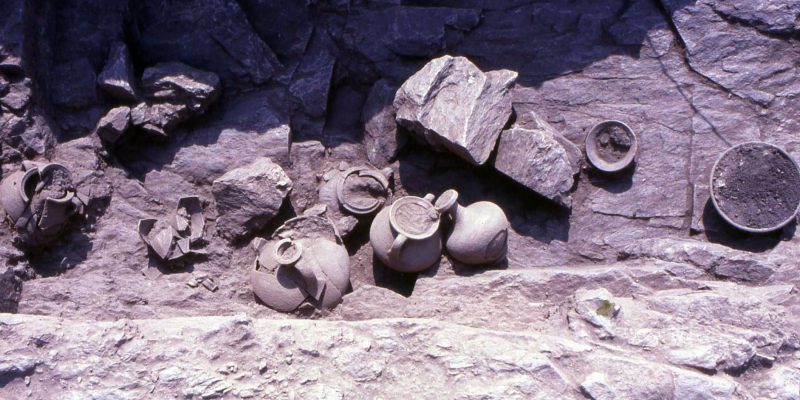FORNACIS, in a scientific meeting on protohistoric urban landscapes
The FORNACIS project will be present at the Scientific Meeting Urban Landscapes of Peninsular Protohistory: New Perspectives for a Comparative
Home » Archaeology




There are two locations for the archaeological documentation activities foreseen in the FORNACIS Project: the oppidum at Hornachuelos itself and the Sierra de Hornachos mining area. At the oppidum, a photogrammetric and topographical survey, as well as geophysical prospection, will be conducted.
The first of these tasks aims to generate a detailed relief of all the anomalies on the surface of the oppidum so that the fortification lines (which are not always easy to track on the surface or to demarcate using traditional topography) can be mapped as precisely as possible and all kinds of structures or elements that are not visible from the ground can be positioned.
In turn, the geophysical exploration will consist in an examination of the two upper enclosures of the oppidum and the eastern flank of the lower one using 3D georadar. Efforts will be made to explore the sub-soil of this enclave in order to create a detailed map of anomalies that can be linked to its complex defence system, urban design and even the hydraulic network connected to the two cisterns sculpted into the rock (particularly the one located in the intermediate enclosure). The farmhouse discovered and restored in the upper enclosure and the exploration done in the second enclosure, fortification and living areas will be used as reference.
In turn, the intervention foreseen in the Sierra de Hornachos mining area will consist in the geoarchaeological prospection of the mining sites documented in that area and their archaeometric characterisation. Specifically, the intention is to conduct a surface examination of the mining and metallurgy evidence clustered in the vicinity of Hornachos, which has been included in the Metallogenic Map of Extremadura but has not been assessed from a mining archaeology perspective. Sites such as Cerro de las Cruces, Afortunada, Trasierra and Matilla, to name a few, have long been associated with argentiferous galena extraction in the Roman Republic and/or contemporary eras. This is revealed in the references made by the Franciscan monk Juan Mateo Reyes Ortiz de Thovar, for example, or more recently, by C. Domergue in relation to the metallurgical remains at Cerro de las Cruces, where an ingot of silver bearing the seal ‘SFB’ was subsequently found. In light of the magnitude and significance that this metallogenic potential must have had for the oppidum at Hornachuelos-Fornacis, a detailed geological, mining and archaeological prospection of these sites and of the mining toponymy of the area has been planned, in addition to diverse archaeometric analyses.
The FORNACIS project will be present at the Scientific Meeting Urban Landscapes of Peninsular Protohistory: New Perspectives for a Comparative
In December 2022, David Gordillo Salguero, a recent PhD in Antiquity Sciences (University of Salamanca) and currently an archaeologist at
At the end of October 2022, M.ª Cruces Blázquez Cerrato (G.I. HESPERIA, University of Salamanca) has joined the research team
Between June 6 and 10, 2022, we have carried out geo-mining and archaeological surveys in the surroundings of Hornachuelos-Fornacis. These
In November, Andrés Roldán Díaz joined the FORNACIS Project team as an FPI researcher. His doctoral thesis will be based
The oppidum of Fornacis in the historical context of Beturia
Archaeology and heritage of a landscape of the Roman conquest
Prehistory Area
Department of History